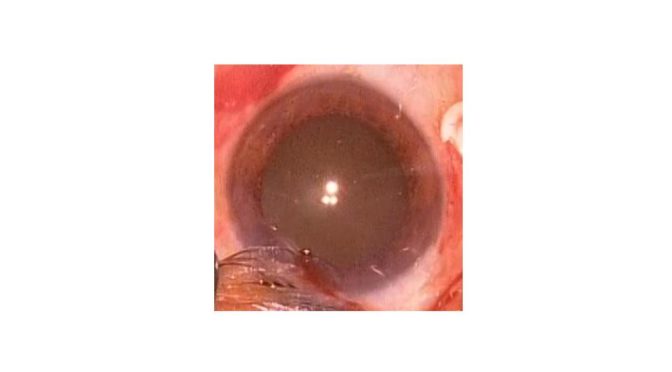The red color. Chapter 2
The red color. Chapter 2
Participants
The storyteller
The patient (Mary)
Mary´s brother
An ophtalmologist
The storyteller
We saw in the previous chapter the case of Mary, a woman in her early fifties, with a diagnosis of cerebral hemorrhage in relation to an aneurysm. She was saying to the doctor and to her family that she only could see a red color in her eyes.
The patient (Mary)
” Again, this red curtain, everything is red”. “I can´t see”
Mary´s brother
“I am really tired. The doctor said that he had checked everything and it is very clear the presence of visual hallucinations, but I am going to talk to the medical director to see if my sister can have an ophtalmic examination”.
An ophtalmologist
“Hello Mary. I am Dr. Claudio, I would like to explain to you what I would like to do. I am going to examine your eyes to see if you have this red curtain. Let me see. Ok, yes, it is true, you have a red curtain inside your eyes because they are full of blood. You will need a surgical intervention to clean your eyes. This situation happens sometimes after a cerebral hemorrhage like yours, and there is a name for it: the Terson´s syndrome”.
Final Diagnosis: Terson´s syndrome
Terson syndrome or Terson´s syndrome is the occurrence of a vitreous hemorrhage of the eye in association with subarachnoid hemorrhage, other intracranial hemorrhage and elevated intracranial pressure (1).

Bibliography
(1) George JS, Elston JS. Mysteri Case: Terson syndrome on CT. Neurology 2016; 87: e133-4.
CASE ANALYSIS
IMPROVEMENT AND RECOMMENDATIONS
-Check every small clinical detail
– It is important to elaborate an initial wide differential diagnosis that you can reduce progressively
-Always paid attention to the considerations of the patient and the family
Author: Lorenzo Alonso, MD.
Foro Osler




